The Andover Audio PM-50 is Andover’s first headphone, selling for $499 USD.
[responsivevoice_button]
Disclaimer: The Andover Audio PM-50 headphone was sent to us by Andover Audio directly, in exchange for our honest review. Andover Audio is not related to Headfonia in any way.
Andover Audio
I’m sure many of you haven’t heard about the US based Andover audio, certainly when it comes to headphones. But the team behind Andover comes from several famous companies such as Apogee Acoustics, Acoustic Research, Harman, Bose and a/d/s/. Since its formation in 2012, Andover Audio has provided its design and manufacturing services to the most recognized brands in automotive, telecommunications, and high-performance consumer audio. Andover is now focusing on its own branded products, blending innovative audio technologies with distinctive design.
Its flagship product, the Model One Record Player, is a high-grade turntable music system. It combines a Pro-Ject turntable with a high-grade audio system that supports vinyl playback, Bluetooth, and connection to external devices, such as CD players and streaming devices.
The PM-50 is the very first headphone in their line-up and it is what we’re looking at today. With an experienced team like that, we expect a whole lot from the PM-50. This headphone actually is getting talked about a lot these last few weeks and months and in a short time the PM-50 has become quite a popular planar magnetic headphone.
Some say it’s a fashion headphone and others say it’s way better than that. After this review you’ll all know, so let’s dive in!
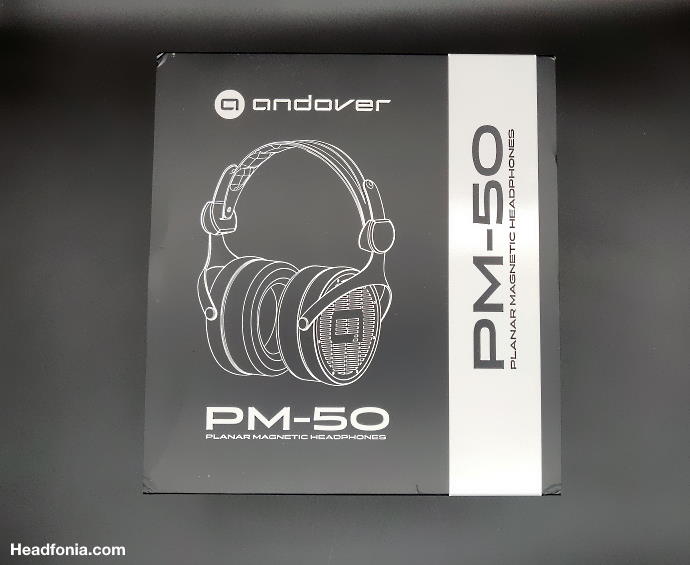
Andover Audio PM-50
The PM-50
Like many of the new headphones hitting the market, the Andover Audio PM-50 is a new open back, orthodynamic headphone. Where we several years ago mostly saw dynamic drivers, we nowadays see more planar magnetic drivers in headphones. This surely comes from the success of companies such as Audeze and Hifiman, who made this technology know to the majority of headphone users.
According to Andover Audio, the inherent wide-range capability of Planar Magnetic technology results in a coherent audio singularity that totally eliminates the inevitable phase distortions caused by the crossover networks of multi-driver headphones. The result is an open, natural sound that is as true to the original performance as possible.
I don’t think we still have to go into detail on what planar magnetic exactly is and how it works. But if it is new to you, then you can find out all about it here (https://www.audeze.com/blogs/technology-and-innovation/planar-magnetic-technology) and here (https://en.wikipedia.org/wiki/Headphones#Planar_Magnetic).
You can find the PM-50’s dedicated web page here: https://www.andoveraudio.com/collections/planar-magnetic-headphones/products/pm-50-planar-magnetic-headphones
“The PM-50 offers an audiophile-grade listening experience to music enthusiasts in a luxurious, yet reasonably-priced package.”
Andover Audio actually has experience with the orthodynamic technology and on top of that the PM-50 drivers are made with the same processes and know-how that create the Air Motion Ribbon Tweeters used in the Model One Turntable Music System.
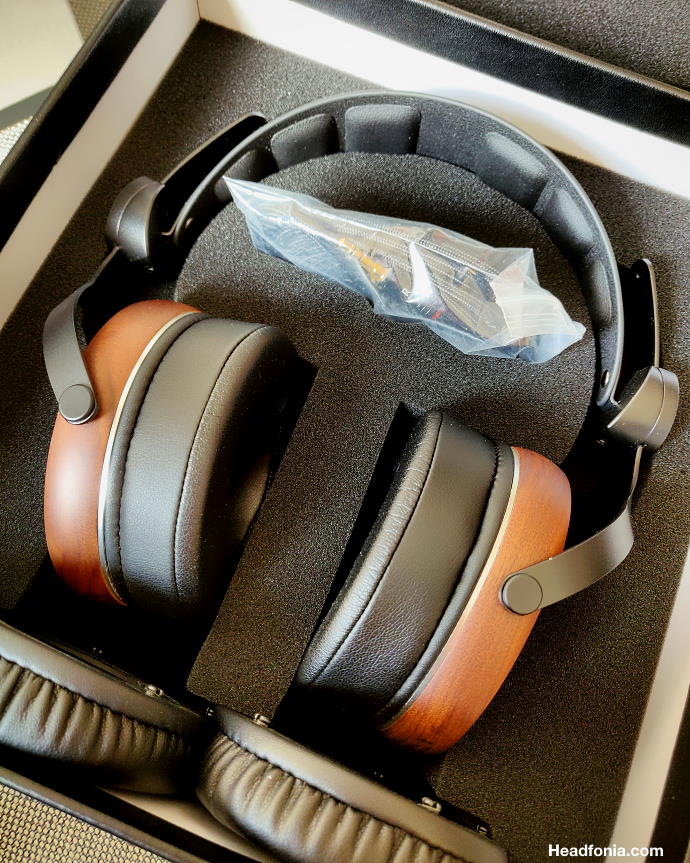
Andover Audio PM-50
According to Andover, typical dynamic drivers are susceptible to “cone breakup”, a characteristic distortion resulting from diaphragm flex that reduces sonic accuracy. Our 50mm Planar Magnetic drivers instead distribute the driving force across the entire surface of the diaphragm, eliminating this issue.
Technical Specs
- Headphone Style: Over-Ear
- Enclosure: Genuine Walnut Hardwood
- Ear-Cushions: Two Sets
- Cable: Removable / Upgradable
- Headphone Impedance Rating: 32 ohms
- Frequency Response Range: 15Hz – 50kHz
- Driver Sensitivity: 102dB/1mW
The PM-50 drivers are of a dual symmetrical magnet design. Director of Engineering – Bob Hazelwood – explains:
“Andover feels this design offers the opportunity for the lowest nonlinearity because the magnetic strength remains constant over the total excursion of the diaphragm. With a single-ended magnet structure, the magnetic strength reduces as the diaphragm moves away from the magnets, and increases as it moves towards them. It changes by the square of the distance, so it’s a potentially significant change, especially at low frequencies and high volume.
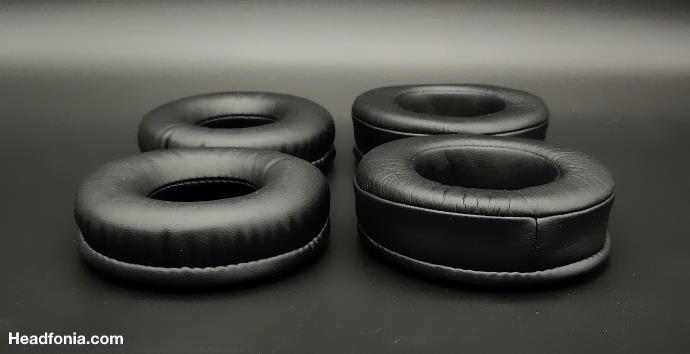
Andover Audio PM-50
With dual magnets, the increase from the magnets on one side is mirrored by the decrease on the other, so the drive remains constant. Why this is important is that a smaller diaphragm must move further than a larger one for the same output. However, the smaller diaphragm has advantages at the high frequency end because the sound path lengths from the edge to the middle of the driver are less varied, reducing the slight time smear you can get with big diaphragms.”
The article continues on page two, after the click here. You can also use the jumps below.





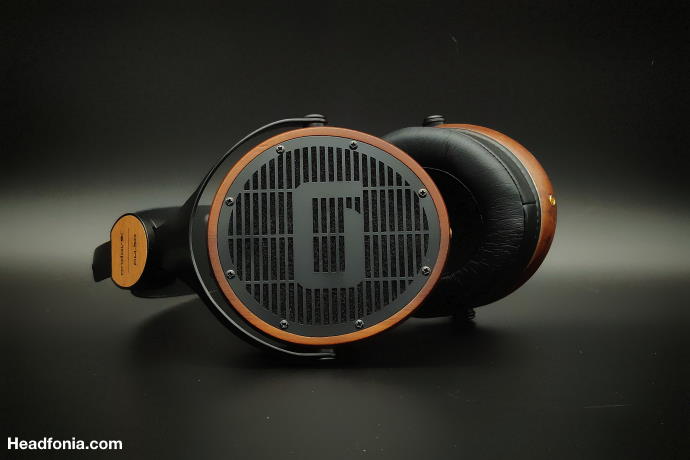
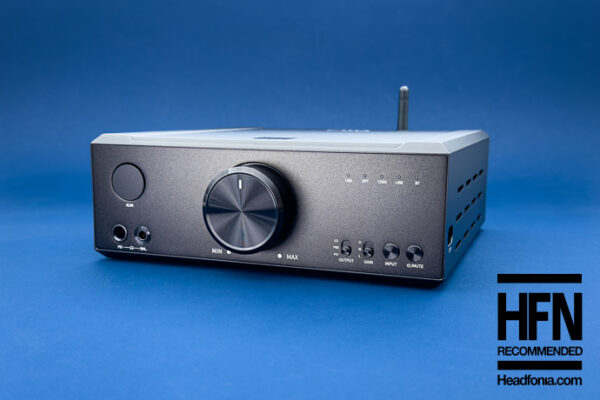

ryðfríu stáli eldhúsblöndunartæki með útdráttarslöngu
I am very happy with the article that you created, you gave me another new idea. a brilliant thought stated here. maybe I will visit this site later if there is a new update again.. Takk fyrir að deila svona ótrúlegu bloggi.